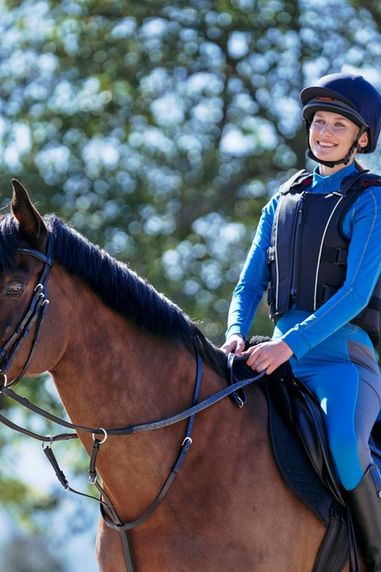
So, you're planning on clipping your horse. The question is, what type of clip will you choose? Much like when we get a haircut, there's a whole host of options. Unlike our own hair though, it's not all about style! Here we're going to be taking a look at the different types of clip so you can select the one which best suits you and your horse. We'll also cover everything you need to know about clipping, including;
Why do we clip horses?
Your horse's coat is an important tool that helps them to regulate their body temperature, but it can easily become a nuisance if they're regularly exercised. If your horse has lots of excess fluff they are more likely to sweat when worked. While in itself this is no bad thing, it can become a big issue in winter, increasing their risk of catching a chill. This is why people clip their horses, to reduce the chance of sweating and to speed up the process of drying them off. With this in mind, it's important that you properly consider how much hair you need to remove. Take a look at out horse clipping guide...
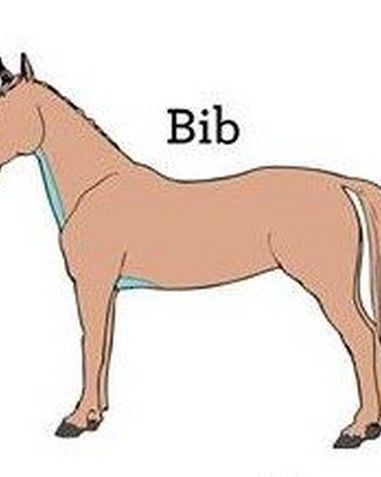
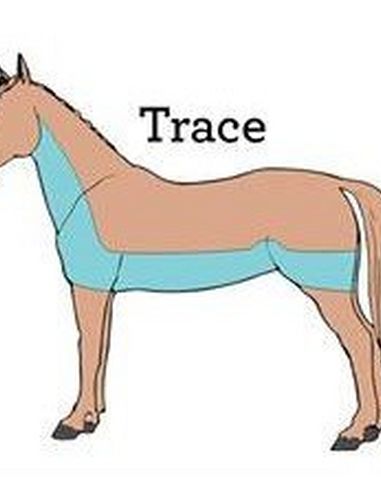
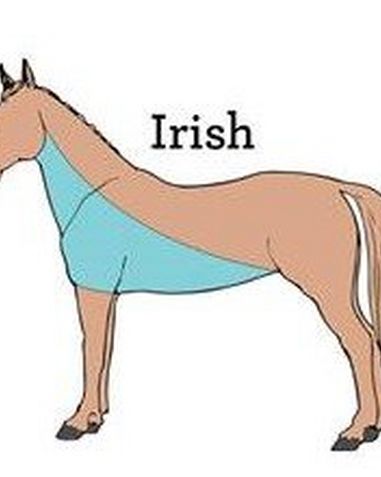
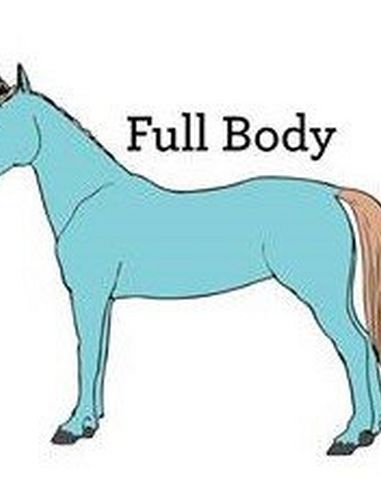
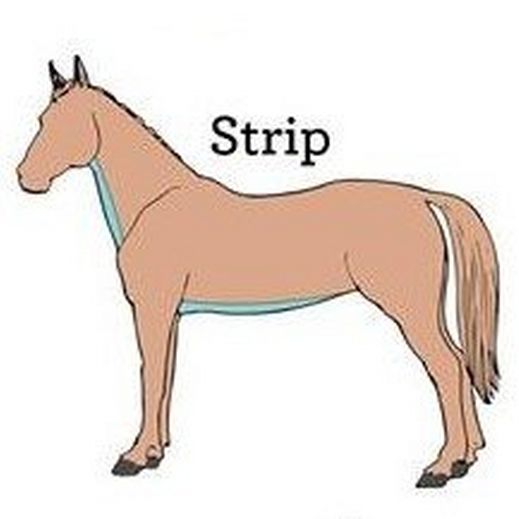

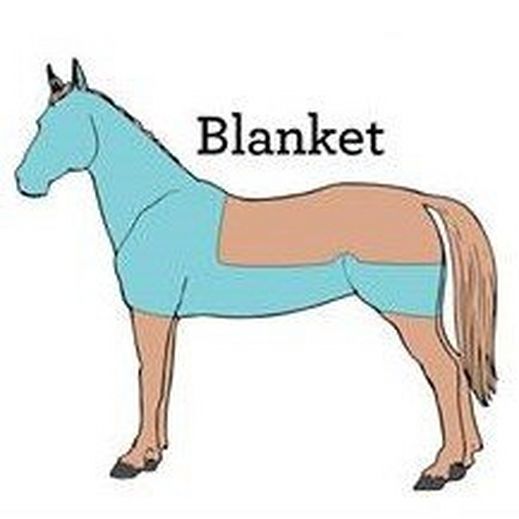
For Horses in Light Work
If your horse isn't going to be doing anything too strenuous then sweating should be minimal. So, you'll ideally want to remove as little hair as possible. To do this, target only the areas that they get hot. The most common are the chest, between the front legs and the girth area. Removing hair only in these areas will reduce the need for heavy rugs throughout the colder months. If this sounds like a good option for your horse, you may want to consider one of the clips below:
- Bib Clip – Just the lower neck, chest & between the front legs is removed.
- Strip/Neck & Belly Clip – An extended version of the bib, hair is removed from the lower neck, chest and the belly.
For Horses in Medium Work
The more work they do the more hair you may want to remove. If your horse is in medium work or is particularly hairy, the clips above may not be enough to keep them cool. In this case, it's best to remove a little more hair around the sweat prone areas like the neck and shoulders. Unlike full clips, these options leave the coat untouched in areas that aren't particularly prone to sweating. This is great for ensuring that our horses stay warm enough when they aren't working. Below are some of the options we'd recommend:
- Irish Clip – Half of the neck, the shoulders and the belly is removed in a diagonal line.
- Trace Clip – Hair is removed from half of the neck, the shoulders, the belly and a section of the hind quarters.
- Blanket Clip – The entire neck is clipped along with the shoulders, belly and part of the hind quarters.
Top Tip: With these, it's optional if you want to keep your horses head unclipped, half clipped or even completely clipped. Don't forget, it's advised that you should avoid removing your horses whiskers. These help your horse with spatial awareness and proprioception.
For Horses in Heavy Work
While many of our horses have a break over the winter months, not all of them do! If your horse works hard and regularly it can be best to remove the majority of their hair. This isn't a decision that should be taken lightly, fully clipped horses will require heavy rugging at all times. If your horse sweats profusely, we'd recommend one of these styles:
- Hunter Clip – All body hair is removed excluding a saddle-shaped patch. Traditionally legs are left unclipped.
- Full Clip – All body hair is removed.
Top Tip: Leave a small triangle at the top of the tail to avoid removing any essential tail hair. Again, it is up to you if you want to clip the head or leave some hair on. You may also want to leave hair on the legs to offer protection against mud rash.
Planning and Preparation
The First Clip
Some horses who compete to a high level are clipped all year round. That being said, most of us opt to clip over the colder seasons, leaving their summer coats untouched. Generally, the first clip occurs shortly after our horses have shed their summer coat. This usually happens somewhere between the end of September and the start of October. It's worth remembering that like us, no two horses are the same. Where possible try not to get too caught up on the dates, your horse will let you know when it's time. Depending on your horses coat type, they may need several clips throughout the winter.
Planning, Preparation and Proceedings

Always use sharp blades!
Much like trying to cut our own hair with a pair of old kitchen scissors, blunt blades can leave behind a total mess. Not only does it result in visible lines in the coat, it can also cause discomfort. As blunt blades attempt to cut the hair often becomes trapped. This pulling sensation can be extremely uncomfortable for your horse.
Shop Blades
Always clip a clean horse!
As we all know far too well, horses get greasy and dirty. Sadly, this is tough on clippers, causing the blades to become blunt. While bathing can be tricky during the winter, never skip this step. Thoroughly wash any areas you intend to clip, leaving at least 24h for the coat and skin to dry completely.
Shop Shampoo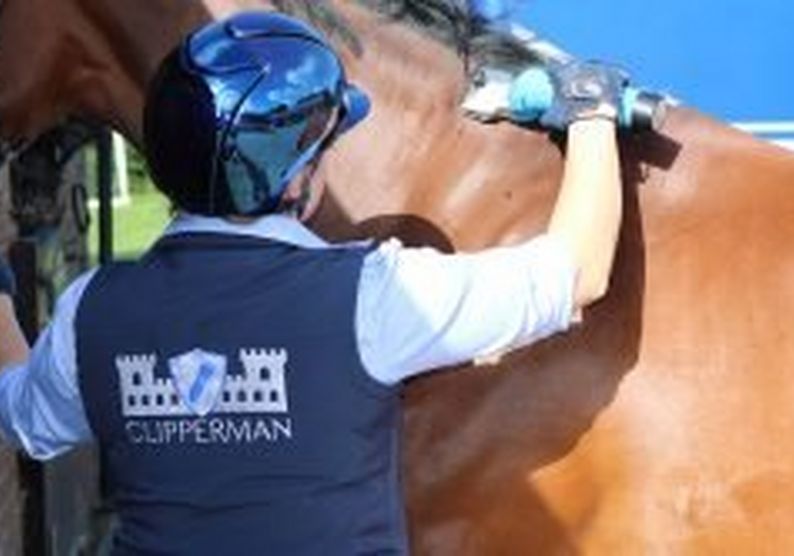
What To Wear
First and foremost, never wear fleece! If you think moulting season is bad, it's got nothing on clipping. To avoid becoming a hairy monster yourself, we'd suggest wearing a pair of coveralls or waterproofs. You may also want to invest in a snood or scarf to keep the hair from getting down the back of your neck. Last but not least, always wear a riding hat. After-all, there's only one you!
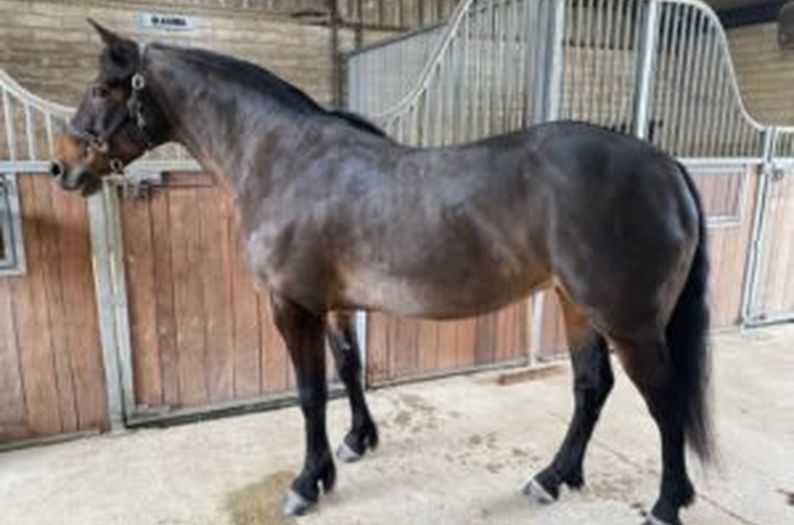
Where To Clip
While this may seem a funny thing to worry about, the area you choose is really important. Opt for somewhere light, spacious and sheltered from the elements... No one wants to clip by torch light with hair blowing everywhere. Remember, depending on your clippers you may need to have access to mains electricity.
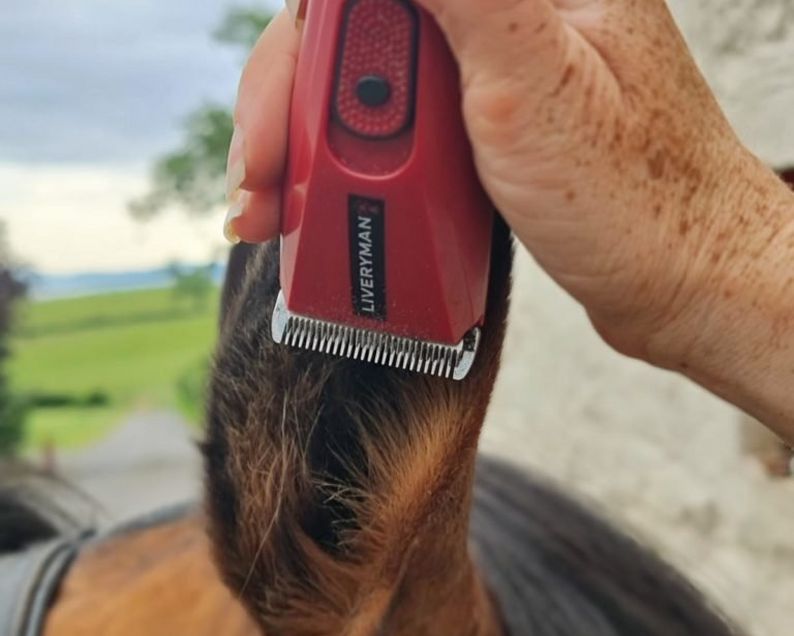
The Right Tools
While it may mean spending a little more money, it's worth investing in a smaller set of trimmers for the more intricate areas. Not only are these easier to manoeuvre when things get fiddly, they're also far less intrusive and often quieter.
Shop Clippers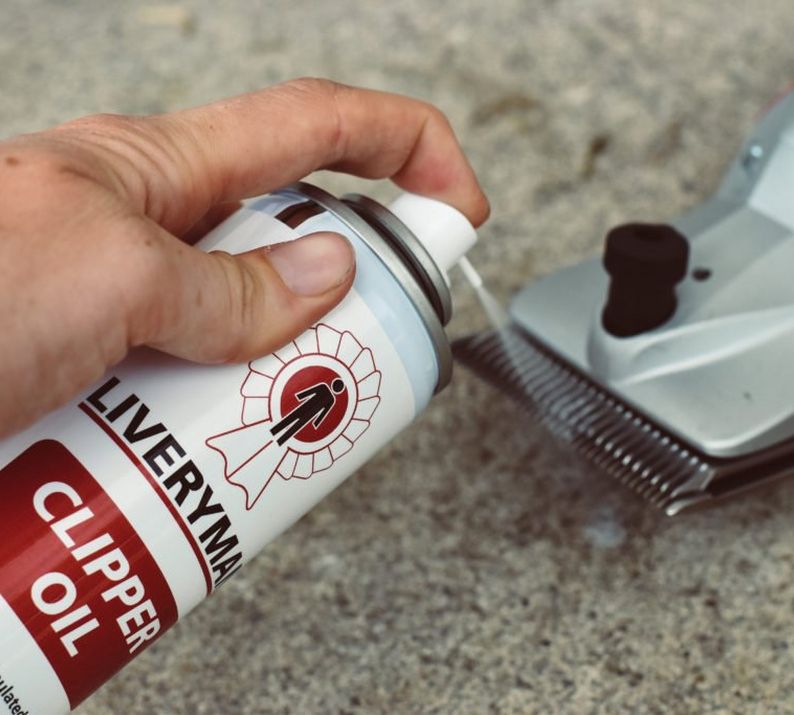
Keep Your Blades Cool
Like any electrical equipment with moving parts, clippers generate heat. Not only does this make them warm to hold, it means that the blades become hot against your horses skin. To manage this, take plenty of breaks. Every 5-10 mins turn off your clippers. While your clippers are off allow them to cool, brush away any hair and oil them thoroughly.
Shop Oil
Aftercare
Once you've finished clipping, be sure to brush off any loose hair. Just think, if you don't want it under your clothes getting itchy, your horse won't want prickly hair under their rug. It's a good idea to use a cloth and some warm water to wipe them down to remove hair and grease from the coat. At this point you can also use coat oil for a shiny, smooth finish. Once you've finished put your horse's rug on as soon as possible. You may notice that your horse is behaving a little 'fresh' after clipping, this is a normal reaction.
Shop Coat Care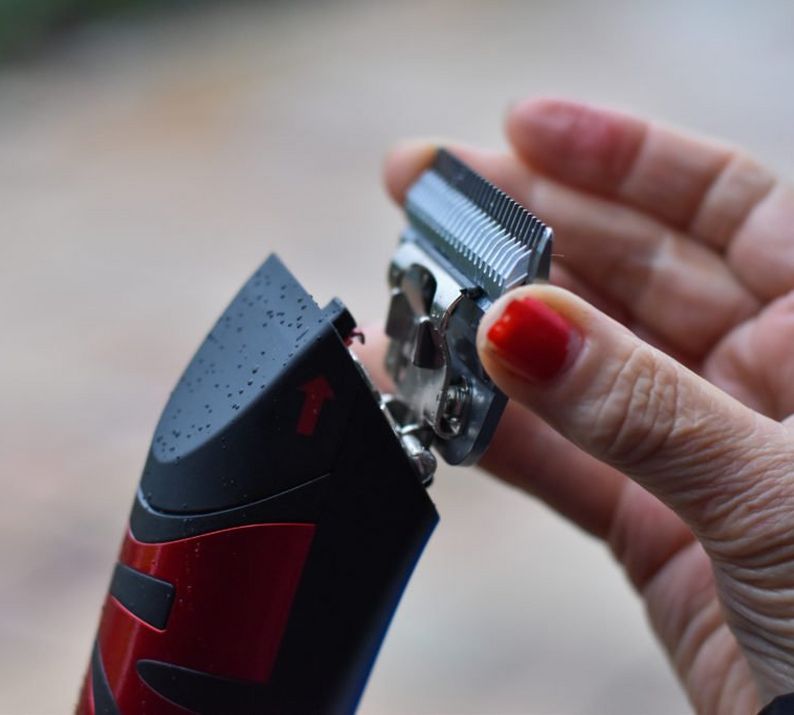
- Disconnect your clippers from their power supply.
- Remove the clipper blades from the machine.
- Brush away any loose hair.
- Apply clipper blade wash to remove any dirt.
- Apply clipper blade oil to prevent rust.
- Package into the original container and store in a dry, secure place.
How Often To Clip
While our horses have a summer and a winter coat, their hair is much like ours. Throughout the seasons it continues to grow. This means that clipping isn't a one time job! How often your horse will need clipping depends on a range of factors, such as their breed, workload and environment. As a general rule, most of us will be clipping every 3-5 weeks, but don't be surprised if it's more or less often.
The Last Clip
When it comes to clipping, there's one question that causes more debate than any other... Of course we're talking about when we should be doing our final clip of winter. In truth though, there's no right answer! More often than not, your horse will tell you when the time is right. If you don't clip throughout the summer, it's best to try and get your last clip in before they start shedding, usually between January and February. By clipping before their summer coat comes through it helps to ensure we're not interfering with new growth. This is only a guide though, some breeds (especially natives) hold onto their hair until much later on in the year! So, don't be afraid to clip right up until they start moulting if they're too hot.

You can shop all of the products in this blog and many more at www.naylors.com or in-store. Don’t forget, if you make a purchase share your pictures with us in the comments or include #NaylorsSnapAndShare on your social posts for the chance to win a Naylors gift card!



